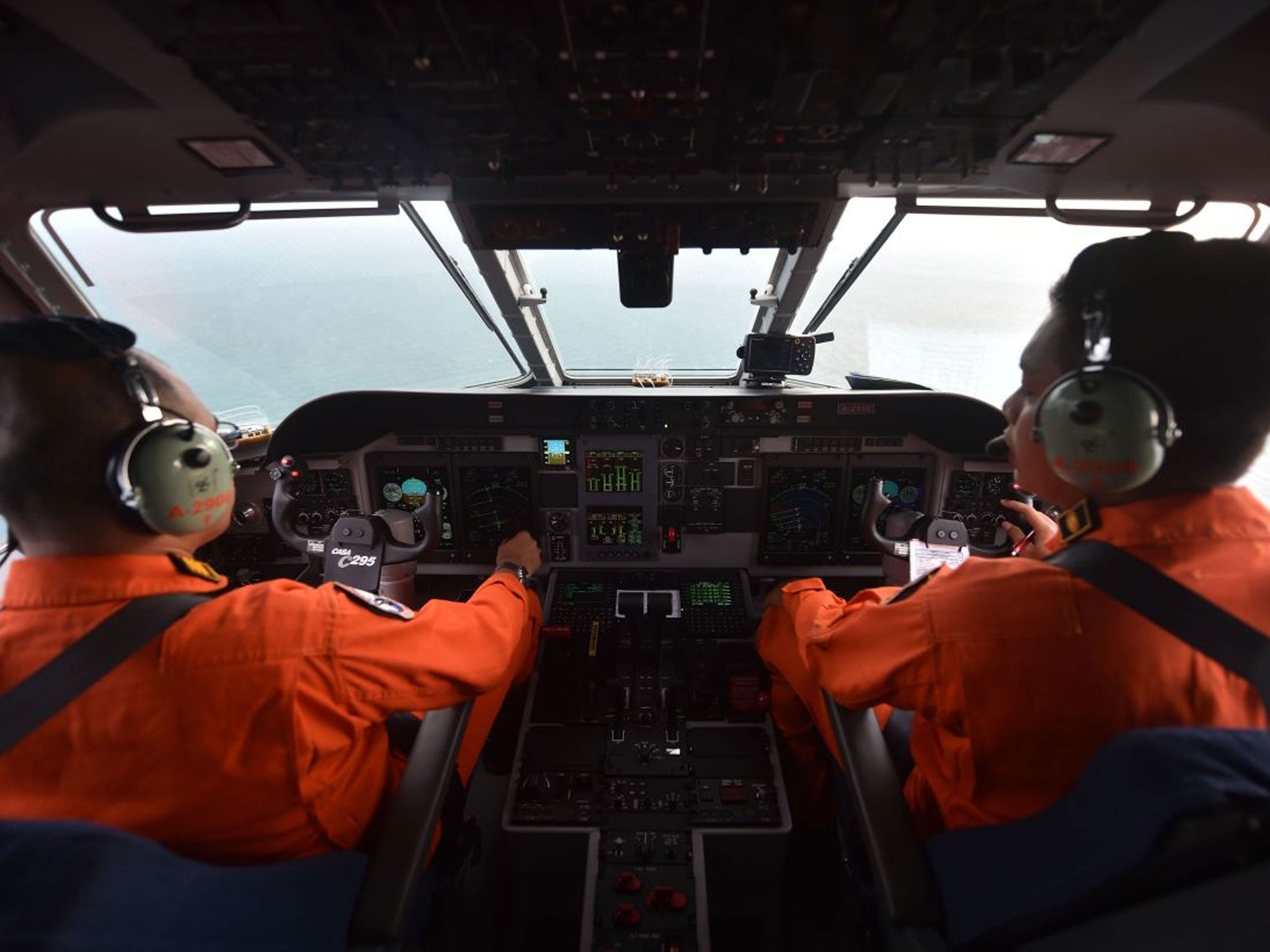AirAsia flight QZ8501 crash: What is a black box recorder?
Experts are currently attempting to locate the aircraft's black box recorder

Your support helps us to tell the story
From reproductive rights to climate change to Big Tech, The Independent is on the ground when the story is developing. Whether it's investigating the financials of Elon Musk's pro-Trump PAC or producing our latest documentary, 'The A Word', which shines a light on the American women fighting for reproductive rights, we know how important it is to parse out the facts from the messaging.
At such a critical moment in US history, we need reporters on the ground. Your donation allows us to keep sending journalists to speak to both sides of the story.
The Independent is trusted by Americans across the entire political spectrum. And unlike many other quality news outlets, we choose not to lock Americans out of our reporting and analysis with paywalls. We believe quality journalism should be available to everyone, paid for by those who can afford it.
Your support makes all the difference.After combing the sea for two days, search teams have recovered at least 40 bodies and a number of pieces of wreckage from the missing AirAsia Flight QZ8501 today.
Now, search crews will focus on finding remaining passengers and crew, the bulk of the plane, as well as the vitally important black box.
Experts will be attempting to detect so-called electronic pings from the recorders, which last for 30 days before the battery runs out.
But what exactly are search teams looking for and just what do they hope to find?
What is a black box?
Black boxes are specialised devices designed to record the final moments of a flight and survive the extreme heat and pressures of a crash. There are usually two black boxes located in the rear of the plane (usually the last point of impact) each recording a streams of information: the first, the Cockpit Voice Recorder (CVR) stores the last two hours of conversation in the cockpit, and the second, the Flight Data Recorder (FDR) keeps a larger set of data outlining the altitude, airspeed and direction of the flight for the last 25 hours. Modern recorders include much more data – about everything from fuel levels to the position of wing flaps.
What are they made out of?
The ‘crash survivable memory unit’ is actually a steel cylinder containing the memory boards that hold the actual data. This connects to the various audio compressors that feed the information into the heart of the black box. There are various layers of materials protecting these memory boards, with an outer case made out steel or titanium covering layers of dry-silica insulation (to protect against heat) and an inner aluminium housing.
How tough are they?
To test the survivability of black boxes engineers subject them to a series of tests. These include crushing the unit in various places with pressures of up to 5,000 psi (pounds per square inch), firing it down an air cannon to create impact forces of 3,400 Gs (1G is Earth’s gravity) and cooking it in a fire for one hour at a temperature of 2,000 degrees Fahrenheit. (1,100 degrees Celsius).
In order to test the units’ ability to survive in water they are also immerse in pressurized tanks of salt water for 24 hours and non-pressurized tanks for 30 days.

Why aren’t black boxes better?
Although you can’t really beat black boxes in terms of survivability, on the face of it there does seem to be a lot of ways they could be improved. If your smartphone can record hours of video and beam that to your computer from anywhere in the world, why can’t black boxes send out more of their information? Ejectable black boxes that float on the ocean’s surface are already in use by the US Navy, so why don’t commercial flights have those?
Professor Krishna Kavi of the University of Texas suggests that it is “sheer institutional intertia” that is holding the industry back, with pilots fearing that advanced black boxes would lead to round-the-clock monitoring of their work. Others suggest that airlines’ profits are simply so razor-thin that they don’t want to invest in a technology that hardly makes for a comforting sales pitch: "if you crash, at least they’ll know why!"
Join our commenting forum
Join thought-provoking conversations, follow other Independent readers and see their replies
Comments